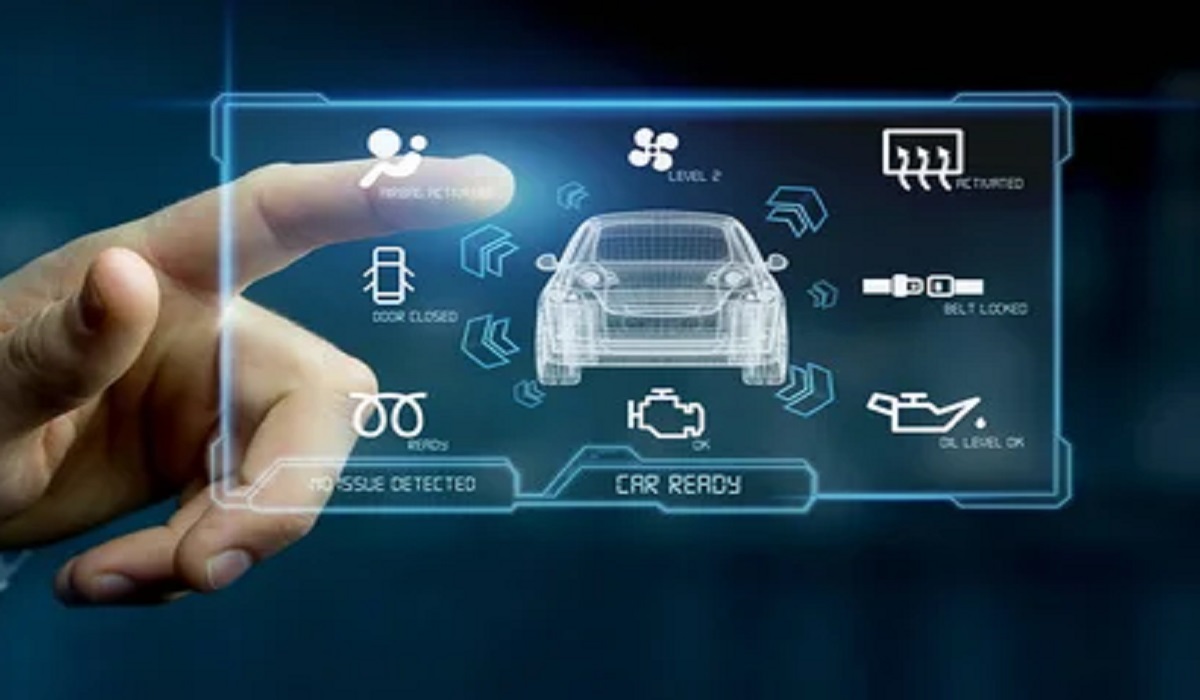Excellence in luxury automobiles goes far beyond performance and looks alone, to include use of innovative materials and designs, which redefining what it means to ride in comfort and style. In this article we’ll look at these innovations that are shaping their future by merging cutting-edge technologies with timeless craftsmanship.
Fusion: the Art of Fusion Luxury cars have long been associated with exclusivity, quality and sophistication; in recent years the definition has broadened considerably to encompass sustainable practices, advanced technologies and revolutionary materials – car engineers must now craft vehicles which not only satisfy demanding customers’ demands but also keep pace with rapid global change.
Innovative Materials: Combining Science with Elegance
- Carbon Fiber Reinforced Plastics (CFRP) – Carbon fiber’s unique strength-to-weight ratio has revolutionized luxury car construction. CFRPs are widely utilized in body panels and chassis components. Their use enhances performance, fuel economy and weight reduction while simultaneously increasing agility while decreasing emissions.
- Aluminum and magnesium alloys are lightweight metals commonly found in luxury car manufacturing, offering advantages like improved fuel economy and handling. Aluminum is commonly utilized to craft components like doors, hoods and suspension systems – increasing strength while still offering an elegant appearance.
- Luxury automakers are exploring advanced composite materials such as graphene and microtubes in addition to carbon fiber for use in luxury autos, which offer greater strength, flexibility and conductivity than standard carbon fiber materials – not to mention innovative energy storage and thermal management features.
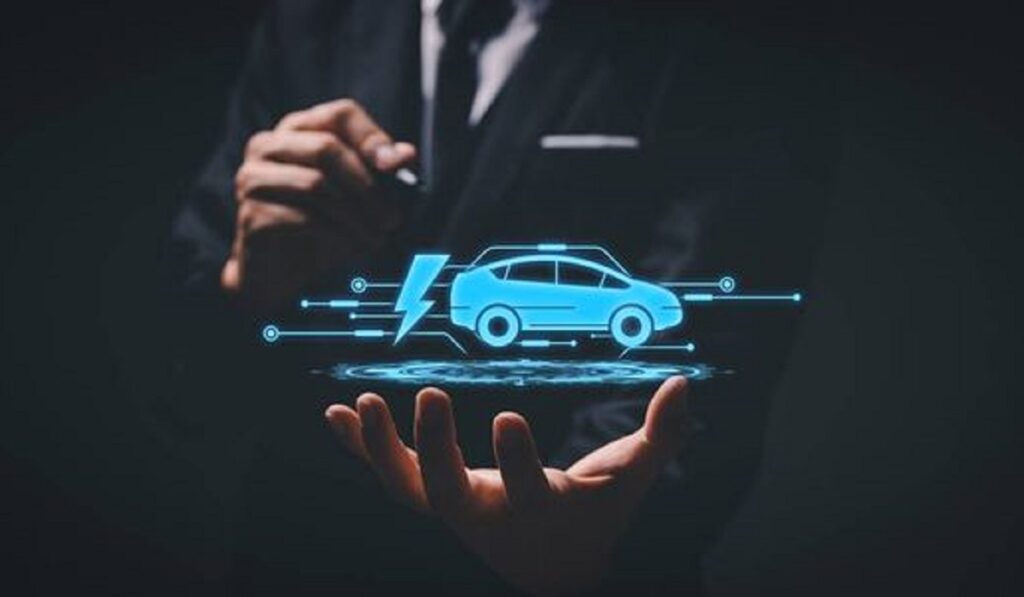
Innovative Designs that Combine Aesthetics and Functionality
- Fluid Dynamics and Aerodynamics. Luxury cars boasting sleek lines and contours aren’t simply designed for their aesthetic qualities; their designs were meticulously planned to optimize aerodynamic performance. Computational fluid dynamics (CFD) modeling can assist with optimizing airflow at high speeds for greater efficiency and stability, using wind tunnel testing as part of this optimization process.
- Luxury car interior craftsmanship – The interiors of luxury vehicles provide drivers and passengers alike with comfort and style, thanks to designers incorporating traditional craftsmanship with cutting-edge technologies to craft personalized experiences for drivers and passengers. Premium materials including hand-stitched wood, exotic leathers and custom ambient lighting all play their parts in creating these personalized experiences for drivers and passengers.
- Digital Cockpits – Digital displays with advanced infotainment have transformed dashboards into engaging experiences for drivers, with high resolution touch screens, AR head-up displays and voice recognition technologies offering drivers new ways to interact with their vehicles.
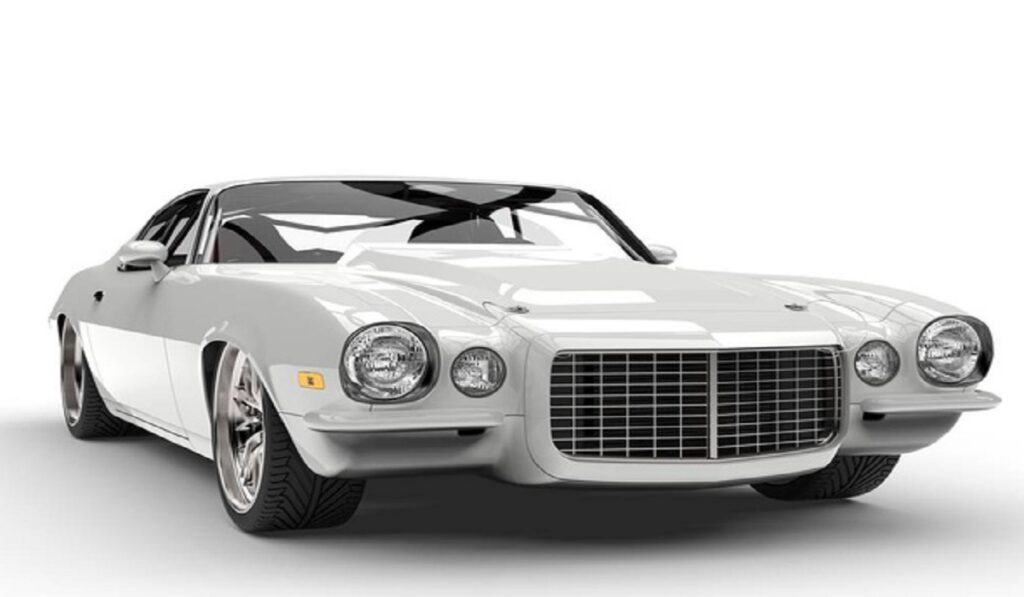
Balance Tradition with Innovation for Success in 2018 and Beyond
An essential aspect of luxury car manufacturing lies in striking a balance between innovation and tradition, even as modern technologies usher in an exciting era in materials and designs that set new trends in production. Luxury is defined by artistic skill combined with timeless appeal – this balance must remain intact at all costs!
Conclusion: Ushering Luxury into the Future
Luxury car manufacturers will transform the automotive landscape as they push innovation to its limit. By using cutting-edge materials and designs to craft luxury vehicles, luxury manufacturers aim to revolutionize how people experience automotive luxury. Incorporate cutting edge materials into car design won’t simply mean creating vehicles; but rather it means reinventing how customers experience automotive luxury. Future vehicles will not only be luxurious; they will be environmentally-friendly vehicles equipped with cutting-edge features – representing engineering brilliance alongside human creativity!
Integrating cutting-edge technologies into automobiles: Combining luxury with functionality
Every new technology may not always be practical for vehicle ownership; if certain technologies do not conform with current trends, this can have an effect on your decision to purchase one.
Automobiles and technology go hand-in-hand. At the turn of the 20th century, physical or mechanical technology played an influential role in shaping automotive production; later with computerization came cars functioning more like mobile computers than machines – becoming mobile software hubs that help provide safer, more comfortable, efficient mobility for people – often featuring features that enhance our driving experiences like listening to our favorite music while partially autonomous or opening automatically when we lose our keys; take a look at upcoming or recently introduced automobile technologies to see where this trend may lead.
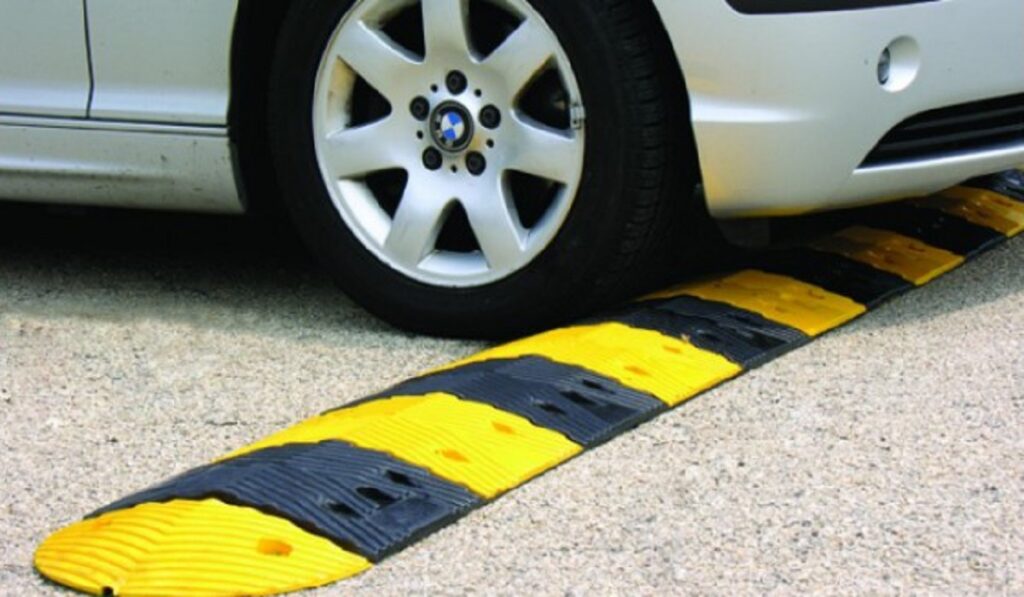
- Electronic Chassis Control Technology
Electronic chassis control system is an innovative new development in automotive industry that enhances comfort and handling. The system constantly monitors suspension components of a vehicle and makes adjustments using sensors and electro-hydraulic actuators; front facing cameras detect road imperfections like potholes, bumps and inclines and depth sensors detect road irregularities such as potholes; each wheel then individually adapts its suspension settings in response thereby stabilizing ride quality while improving dynamic road grip for increased comfort levels and ride comfort – perfect for luxurious and comfort vehicles designed with luxury in mind! Electronic chassis controls are typically found within vehicles designed with luxury and comfort in mind;
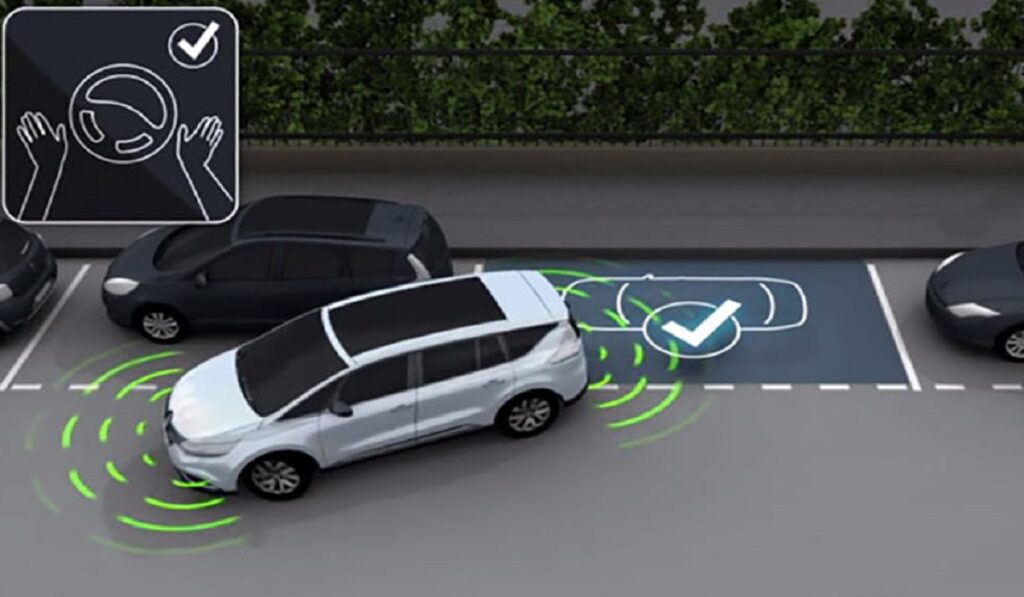
2. Automated Parking and Exit Assistants (APAs).
Many drivers find parking their vehicle challenging, particularly with other drivers around. As more vehicles adopt self-parking systems, parallel and self-parking assistants become increasingly prevalent – initially only permitting right side parallel parking but later expanding to include left side scans of vehicles as well.
Everyday, digital assistants expand their abilities. Now including vertical parking and horizontal or vertical exits from parking spots; as well as memorizing specific distances before parking to allow an “exit exactly as entered” method (first introduced by BMW 3 Series to great acclaim).
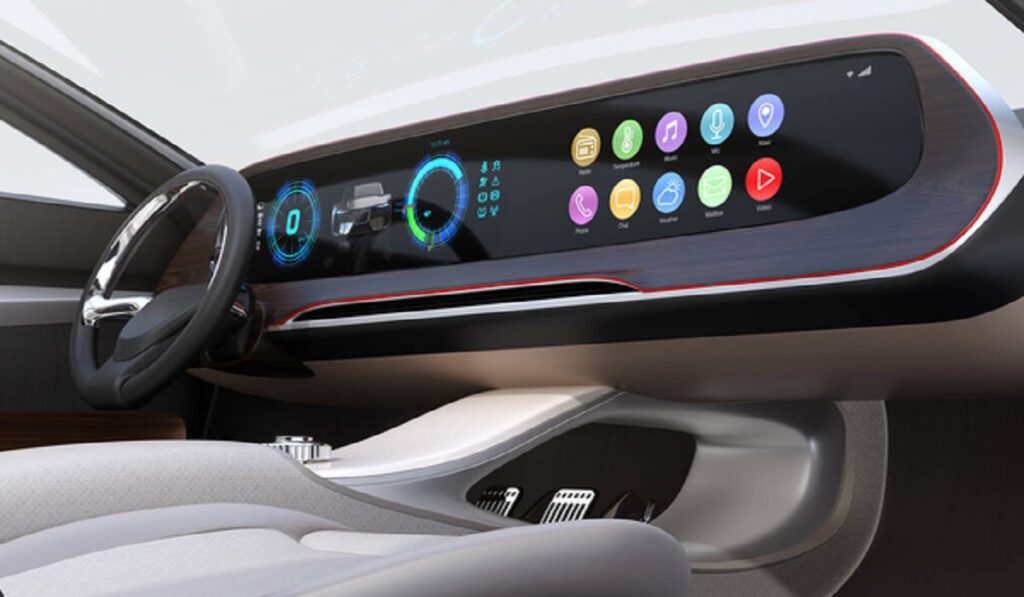
3. Apple CarPlay
We rely on our phones every day; even while driving it’s impossible not to glance down at one. From navigation services and communications applications like WhatsApp to the interface we are so used to, adjusting to another interface may prove challenging – which is why one of the best recent innovations has been to integrate phone screens onto car multimedia screens so we can access navigation, music playback and messages all without ever taking our eyes off of the road! This makes carplay one of our go-to solutions when driving our phones are indispensable!
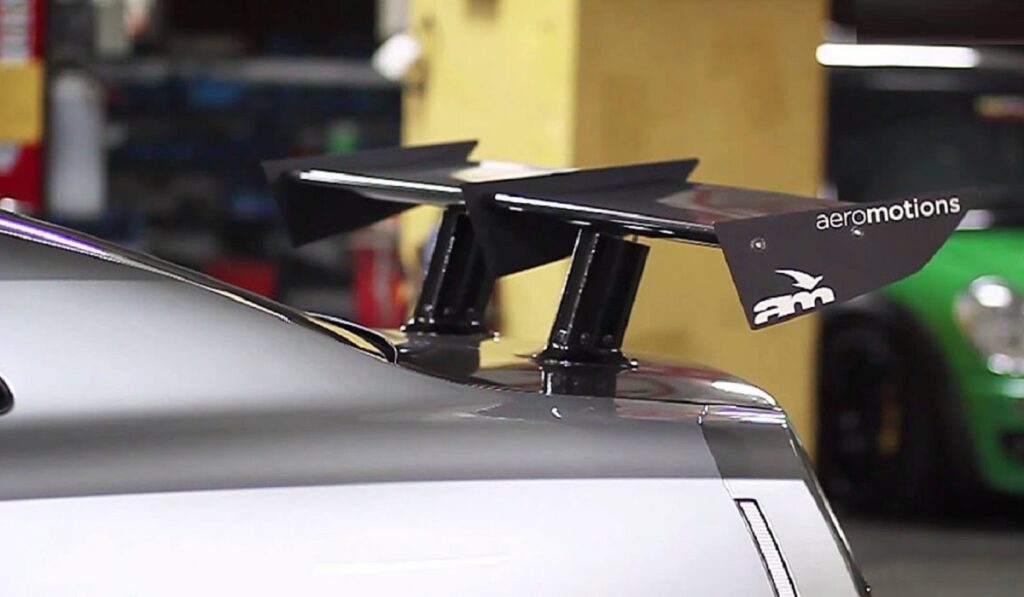
4. Active Rear Wing Technology
Formula 1-style DRS technology has had an enormous effect on automotive developments. The parachuting effect created when brakes are applied reduces wind resistance on straight paths while increasing downforce on turns; on certain track vehicles it even allows drivers to manually adjust this feature, usually handled automatically; further improving driving experience and showing how Formula 1 serves not just as entertainment but as an important platform for automotive manufacturers to develop technology and research and development. This technology shows just one facet of Formula 1, however.
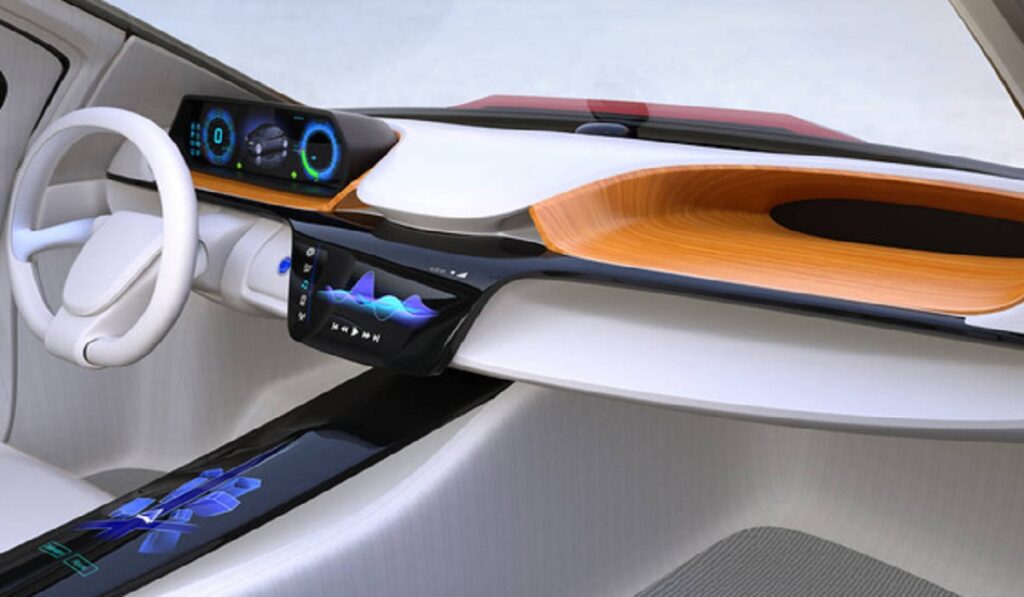
5. Active Rear Axle Technology
Automotive engineers have developed active rear axle technology in order to enhance vehicle performance and maneuverability. This innovation allows independent steering of rear axles, which means rear wheels may turn in opposite directions than front ones during low speeds and tight spaces for easier maneuvering, making parking and leaving spaces simpler and reducing turning radius considerably. At higher speeds, rear wheels may move parallel with front ones for increased road grip and stability – an active rear axle technology found on a variety of vehicles from sports cars and small SUVs alike.
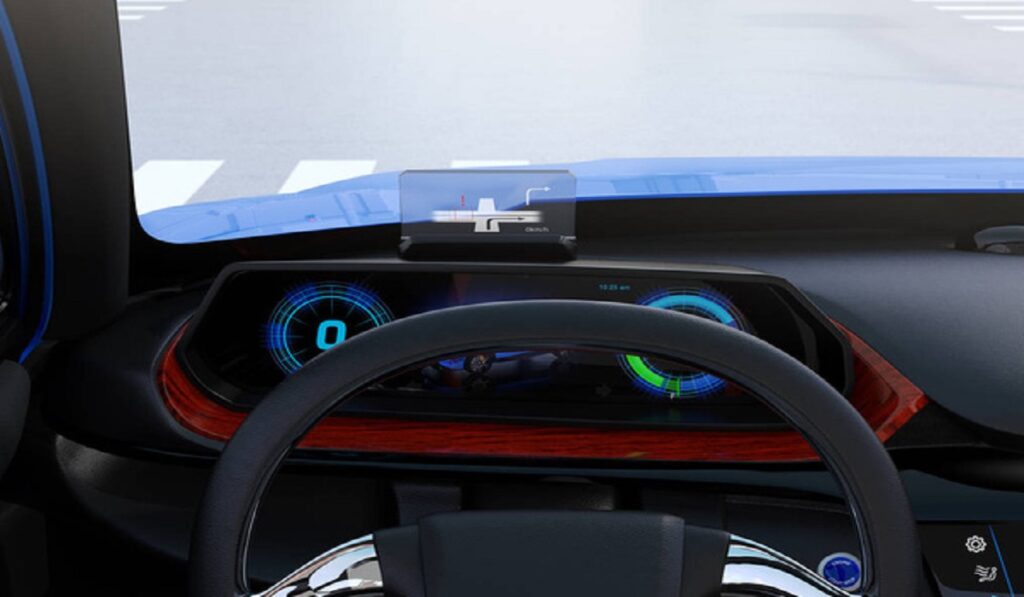
6. Reverse Driving Assistance
At times, parking or leaving an area may prove challenging for us all, particularly complex maneuvers like parallel parking in limited-space garages or maneuvering through trees on one-way drives. Sometimes reversing our route might even become necessary despite having parking sensors; recently introduced as an answer is Reverse Driving Assistant which memorizes 50 metres of your route to allow reversal of those same maneuvers that were initially performed when first entering an area; plus brake automatically should an obstruction block it; it may have moved since you initially parked!
These innovations continue to define future luxury automobiles by improving convenience and performance. When adopting technological advancements such as these features should balance luxury with practicality ensuring they contribute positively to driving experiences overall – they represent human creativity meeting technological progress perfectly!
